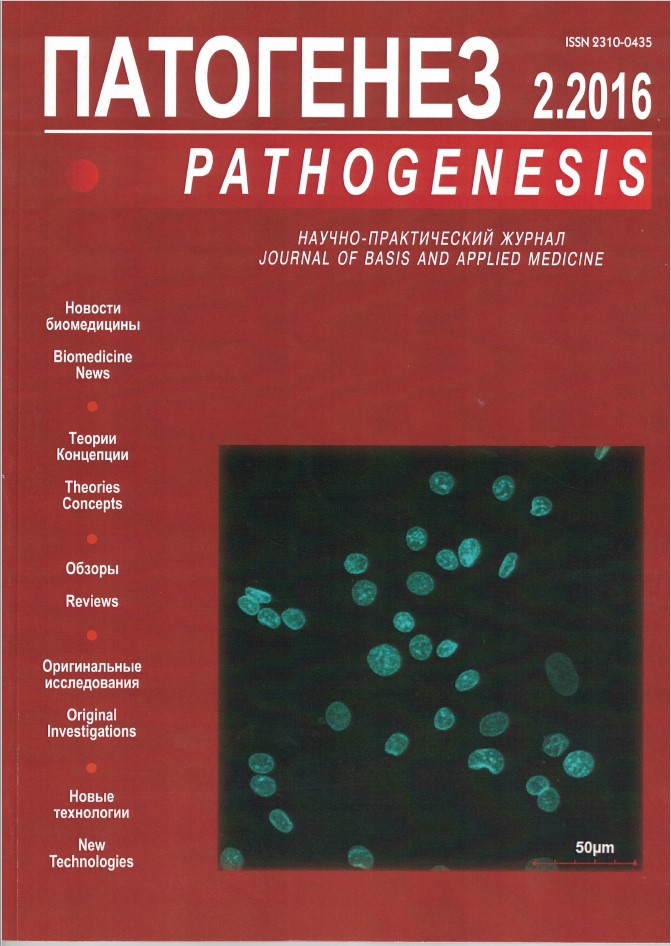Effect of metformin and saxagliptin on the oxidative modification levels of proteins and lipids in the experimental diabetes model
Abstract
Oxidative stress is the leading cause of complications of type 2 diabetes. Therefore, it is crucial to select medicines that have both antidiabetic and antioxidant properties. In this study was conducted a comparative analysis of two antidiabetic medicines and their impact on oxidative stress parameters. The compared medicines are saxagliptin, the new generation medicine from the class of dipeptidyl peptidase-4 inhibitors, and metformin, the standard medicine. Rats with experimental streptozotocin diabetes (they had high-fat diet in advance) were used for the research. In the blood of animals with experimental diabetes, we registered an increase in the concentration of malondialdehyde by 17% (p = 0.026), spontaneous keton-dinitrophenylhydrazones (KDNPH) by 43% (p = 0.045), aldehyde-dinitrophenylhydrazones (ADNPH) by 25% (p = 0.045), metal-induced KDNPH by 18% (p = 0.014), and ADNPH by 12% (p = 0,022), and increase in catalase activity by 59% (p = 0.025) as compared with the intact animals. It was established that either saxagliptin or metformin therapy led to the reduction of free radical oxidation of lipids and proteins. Moreover, saxagliptin reduces the concentration of malondialdehyde and the concentration of all products of spontaneous oxidative protein modification more significantly, as compared to metformin. That emphasizes pleiotropic effects of saxagliptin and demonstrates its ability to limit oxidative stress in diabetes.



